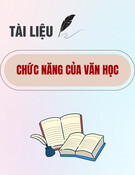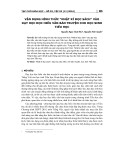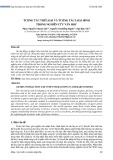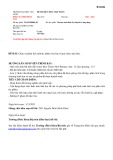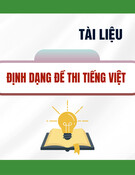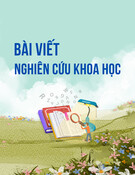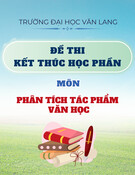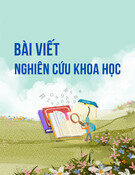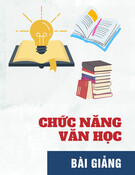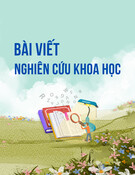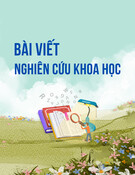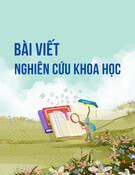
114
THE SCHEMATIC STRUCTURE OF STORYTELLING GENRE
REFLECTED IN THE STORY AUTUMN STORY
BY JILL BARKLEM
Hoang Phuoc Thuy Tien; Pham Hồng Anh
University of Foreign Languages and International Studies, Hue University
t.tien9714@gmail.com
(Received: 10/11/2023; Revised: 28/12/2023; Accepted: 12/03/2024)
Abstract: The study is conducted to analyse the schematic structure of storytelling genre
reflected in the story Autumn Story authored by Jill Barklem. The framework for analysis is
adapted from the frame of Fleischman (1990) and Hatch (1992). The results reveal that the
schematic structure employed in Autumn Story has the basic order: Orientation followed by
two Complicating Actions. Other smaller constituent parts are embedded in Complicating
Action. The schematic structure of this story is featured by the depiction of seasonal
sceneries and habitual activities in the Orientation; the parallel structures built up from the
concurrent perspectives and the two adjacent Peaks showing the increasing tension. The
study’s outcome can be utitlised as references for further research to elaborate and validate
the theoretical framework of storytelling genre or applied in other fields such as pedagogy,
literature or contrastive linguistics
Keywords: Storytelling genre, schematic structure, Jill Barklem, Autumn Story
1. Introduction
Storytelling is a common oral activity, omnipresent in numerous processes. With the
emergence of orthographic culture, storytelling does not vanish but innovates itself into various
forms, adapt to the new communicative purposes in the modern era (Arnold & Eddy, 2007;
McHugh, 2016). Many researchers have taken storytelling genre as the main subject,
investigating the role of this genre in contributing to the content delivery of literacy works
(Ewers, 1992; Ilić-García et al., 2022) as well as the development of children’s literacy
sensibilities (Sherman, 2013). Considering storytelling from the aspects of genre structure, Ilić-
García et al.'s research from 2022 compares the structures of magic trick performances and
storytelling using an agent-based computational model. The results highlight new issues with
story architectures, offer an original approach for putting theories to the test in science
communication. Wang & Yang (2023) researched to analyze the structural differences in
storytelling between best-selling Eastern and Western fiction and memoirs. Although authors
from both cultural groups described roughly the same number of event episodes in every
chapter, Western authors did a better job of illustrating the event episodes than did Asian
authors. In the vein of the storytelling genre in children's literature, Ade and Hermanto's (2019)
research expands the storytelling genre to include visual storytelling in children's books based
on folklore. The author has studied literature, looked at visual media, and observed the region
where these stories are rooted in order to determine whether readers gain anything from reading
visual books and what kind of character values children's books might convey through a visual
image. The study's conclusions demonstrate that the use of visual storytelling enhances the
effectiveness and interest of information delivery.





